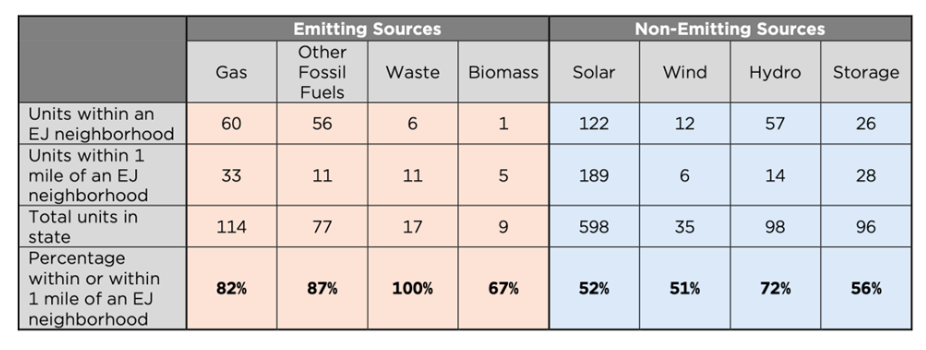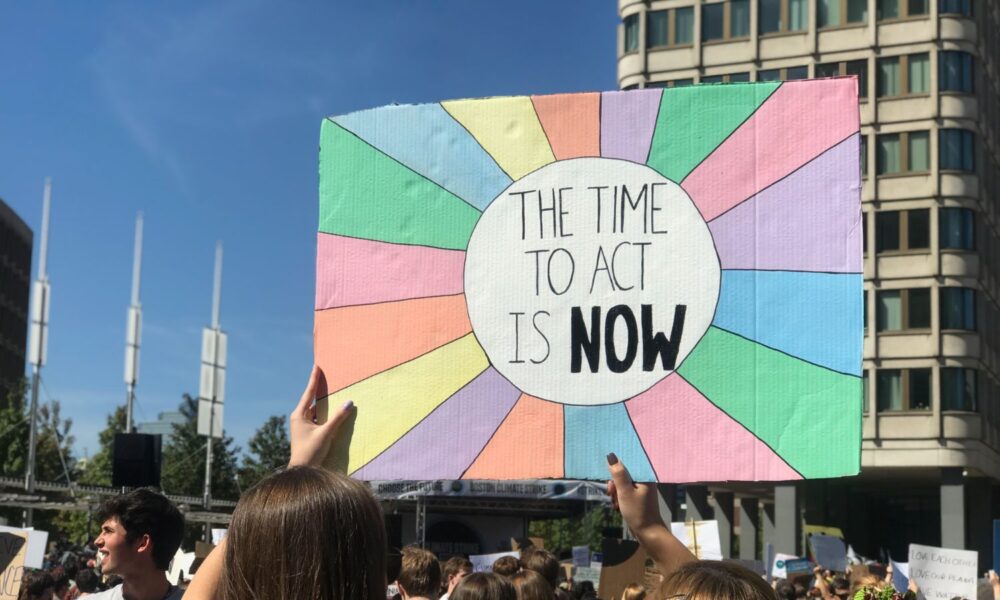It may feel like we are facing a grim reality. Regardless of people’s beliefs, the facts show us the increasing toll from an unaddressed climate crisis. Globally, this year is going strong as the warmest on record and likely one of the coolest we’ll see in the decades ahead. In Spain, recent catastrophic flooding, the most devastating in Europe since 1967, has cost more than 200 lives. And locally, this year marks the second highest number of red flag warnings in Massachusetts and Rhode Island, with fires threatening to damage homes.

Annual global mean temperature anomalies from January – September 2024 (relative to the 1950-1900 average) from six international datasets. Source: WMO
In these dire times, it’s a huge relief to see that here in Massachusetts, state legislators rolled up their sleeves to protect their constituents now through steady climate action, passing An Act promoting a clean energy grid, advancing equity and protecting ratepayers, which Governor Maura Healey supports and is expected to sign shortly. This is a huge reason for hope and celebration!
The legislation includes multiple components to decrease heat-trapping emissions from the electricity, transportation, and building sectors, including streamlining the siting process for clean energy projects, increasing energy storage targets, enabling a robust electric vehicle charging system, and implementing measures to protect ratepayers and reduce overreliance on gas in buildings and homes. In particular, I am celebrating two key achievements of this legislation related to clean energy siting and gas overreliance.
Advancing faster, more equitable siting of clean energy infrastructure
While the ability to build quickly is a key component of a clean energy transition, doing so with appropriate attention to the needs of communities, particularly to those who have been most heavily burdened by energy infrastructure and pollution, is just as crucial.
Our own recent analysis found that to date, infrastructure siting has put a disproportionate burden on environmental justice (EJ) communities where people of color, low-income people, and limited-English proficient speakers live across the state. While close to 50 percent of Massachusetts neighborhoods (2,604 of 4,985 census block groups) classify as EJ neighborhoods, more than 80 percent of existing polluting electricity generating units—with their associated health risks—are located in or within one mile of an EJ neighborhood.

The existing siting process has resulted in a high concentration of polluting electricity generating units in and near environmental justice neighborhoods. Source: UCS, with Alternatives for Community and Environment, GreenRoots, and the Conservation Law Foundation.
With that in mind, it’s really encouraging to see that the three key recommendations from our analysis, guided by priorities from the Massachusetts Environmental Justice Table, were included in the new legislation to advance the siting of new clean energy infrastructure in the Commonwealth:
- requiring a robust cumulative impacts analysis,
- expanding the state’s Energy Facilities Siting Board to include representation from environmental justice and Indigenous sovereignty perspectives, and
- integrating public health and climate change as priorities for decision-making.
Addressing the state’s gas overreliance problem in buildings
Buildings are the second largest source of heat trapping emissions in Massachusetts. As the state works to achieve its climate goals, it’s essential to explicitly put in place measures to move away from gas use in buildings.
The new legislation gives particular attention to this issue by:
- Allowing gas utilities to build networked geothermal projects. This is an important tool to replace fossil fuels for heating and cooling entire neighborhoods.
- Prioritizing short-term repairs or retiring stretches of gas pipelines instead of continued investments in costly pipe replacements.
- Considering alternatives such as electric heating and cooking before allowing for more gas hookups. This is good not only for the climate, but for the health of Massachusetts households by reducing indoor air pollution from gas stoves.
Rising to meet the challenge ahead
The job is not done yet. Despite this welcome good news, the new legislation does have some concerning elements and leaves plenty of work for the next legislative session. Of particular concern is the inclusion of nuclear fusion as a technology that qualifies for the state’s Renewable Portfolio Standard, a tool created to incentivize the generation of energy using commercially available technologies that harvest natural sources that are constantly replenished, like the wind and the sun (hence renewable energy) . The inclusion of fusion, a technology that’s not going to yield any practical source of electricity generation in the foreseeable future, is at best a distraction from the urgent need to decarbonize our electric grid with available and proven renewable energy technologies.
While this new legislation will build on the state’s climate progress, including recent pieces of legislation like a net zero by 2050 goal, increased investments in offshore wind, and key protections for its most pollution burden communities, there is still a lot of work ahead of us, especially given the incoming Trump administration and the increased importance of state action.
But for today, I want to express my sincere gratitude to our legislators for passing this bill, to Gov. Maura Healey and her administration for their leadership in prioritizing the health and well-being of their constituents and our shared planet, and for giving us this much-needed breath of fresh air. Thank you!

